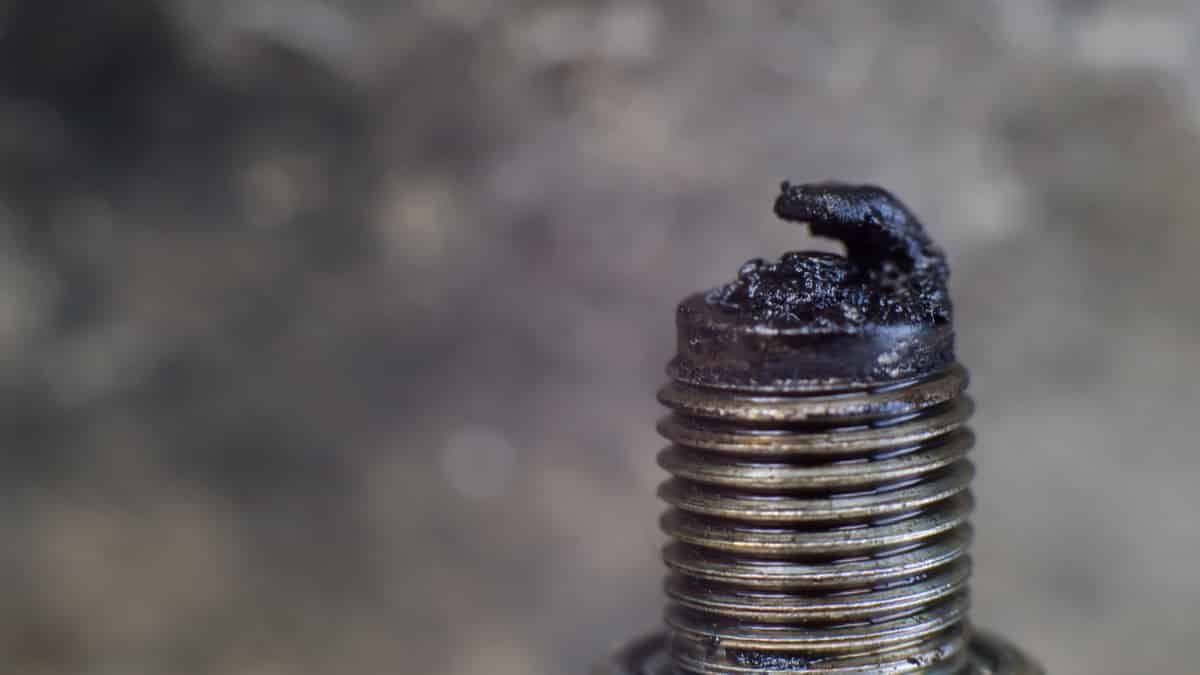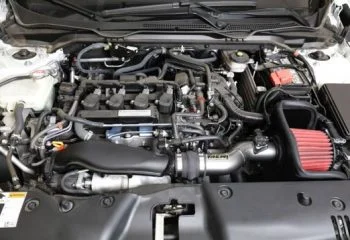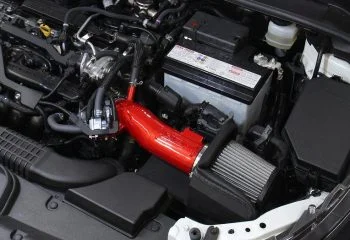Every driver should know a few essential tasks: changing a tire, checking the oil, and replacing a spark plug. Regular spark plug changes, typically every 30,000 miles, ensure smooth car performance.
Your car’s engine requires clean oil and air to run optimally. Low oil levels or a clogged air filter can hinder engine performance.
The spark plug is crucial for your engine. It creates a spark that ignites fuel in the cylinders, propelling your car. Excess oil in the spark plug well can hinder its function, preventing the engine from starting.
When changing oil, check for oil in the spark plug well to identify engine leaks. Don’t drive until the leak is fixed, as oil in the well can cause severe damage. Regularly check oil level, replace the air filter as needed, and follow your car’s maintenance schedule for spark plug checks and replacements.
Spark plugs are essential for starting cars. They ignite an electric charge that ignites fuel in a combustion engine, generating power and motion for vehicles.
Modern engines require oil for smooth operation and to prevent premature wear. Oil not only lubricates engine-transmission components but also safeguards against rust, which can impede the functionality of moving parts.
Once an oil leak occurs and jeopardizes the spark plug well, it’s a serious issue. They cannot coexist. Fix the leak promptly! The spark plug boot may swell, causing engine misfires, which is detrimental.
If you observe smoke from the engine room, it’s likely that oil has caused significant damage. Oil in spark plugs can lead to warping, breakage of other parts (e.g., valves or pistons), and eventually result in head gasket failure, causing extensive damage.
What's in this post?
How to Fix Oil in the Spark Plug Well
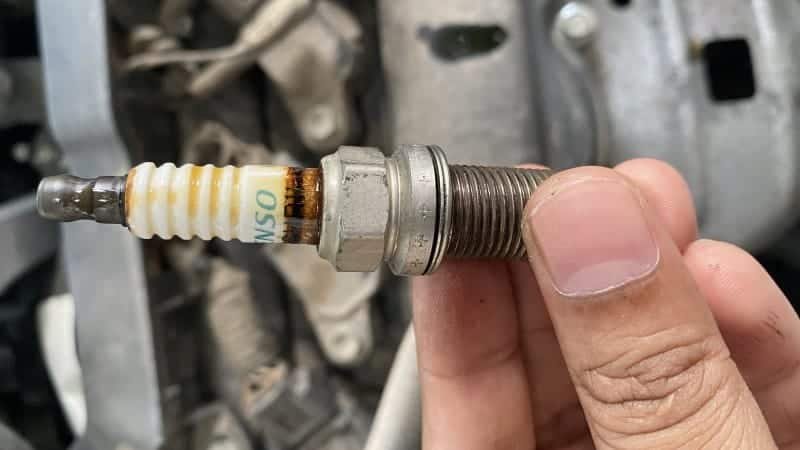
The main cause of oil in the spark plug well is usually a faulty or damaged O-ring. In this case, we need to do a few steps to handle it:
Step 1: Quick Checks and cuts the power supply.
First and foremost, you should take a quick look at the surroundings and make sure it is safe to work on the vehicle. Check for any oil leaks and once you have confirmed that it is coming from the spark plug area, proceed to turn off the engine and disconnect the negative battery terminal to avoid any accidents.
Step 2: Remove the Valve Covers
To get closer to the oiled spark plug tip, you will need to access the engine in order to fix it. In order to do so, you will have to remove the valve covers. This is rather simple and can be done by using a wrench to loosen and remove the bolts that are holding it in place. Once you have removed the valve covers, set them aside in a safe place. When removing the bolts, be careful not to damage the cylinder head.
Step 3: Remove the spark plugs
The next step is to remove the spark plugs from the engine. You’ll also need a spark plug socket and an extension to remove the spark plugs. The spark plug socket is specially designed to fit around the spark plug so that you can remove it without damaging it. Once you have located the spark plugs, use the spark plug socket and extension to remove them from the engine. As you are removing the spark plugs, be careful not to damage them.
But if you find this difficult, stop everything at this step and call a professional.
Step 4: Removing the O-Ring Seal
Now you have removed the spark plug tip and luckily it is not damaged. In order to remove the O-ring seal, you will need to use a pick. Gently insert the pick under the O-ring and work it out of the spark plug hole. Once you have removed the O-ring, discard it and proceed to the next step.
You will need to clean up the area around the spark plug hole. You can do this by using a rag or a brush. Be sure to remove all of the oil and debris from around the hole. Make sure you remove any traces of oil and dirt around the spark plug area.
Step 5: Installing the New O-Ring Seal
You must now install the new O-ring seal in order to convert your ramp into a retractable stairway. The O-ring should be lubricated with oil before it is installed to ensure that it seals properly. You can move on to the next step once you’ve put the new O-ring in place.
Step 6: Installing the Spark Plug
Your new seals are in place, and now it’s time to install the spark plug. Take a new spark plug and repeat it in place. Insert the spark plug into the socket and then connect it to the extension after finding the spark plug hole. Hand-tighten the spark plug until it is secure once it has been lowered.
The final step is to reinstall everything and reconnect the negative battery terminal. Make sure you clean off any remaining oil, I personally recommend a cleaning spray for best results. Once you have done this, your car will be ready to start.
Recognizing Signs When Oil In The Spark Plug Well
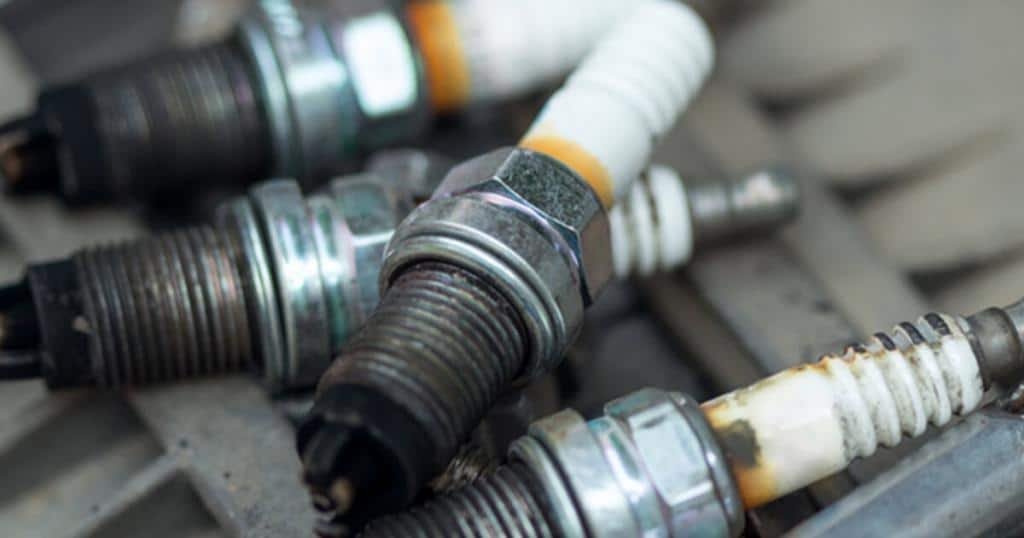
The smell of gas coming from the tailpipe: One of the first and most common signs that your car is leaking oil is the smell of gas coming from the tailpipe. There are various types of vehicles affected by this, and the smell can even penetrate into the car cabinet in some cases.
The exhaust emits blue smoke: Another sign that oil is leaking into your spark plug well is if the exhaust emits blue smoke. This is caused by oil burning in the engine and can be a sign of a serious problem. When oil is put on the spark plugs, it changes how efficiently an engine burns fuel. The ECU will try to tweak its ratio in order for more of what’s being offered to go into creating power rather than coming out as exhaust gas with nothing burned up inside.
Misfiring engine: You may have noticed that your engine is misfiring. This can be due to an incomplete fuel/air mixture combustion in any of the cylinders, with oil on spark plugs there are fewer chances for generating enough sparks needed for complete ignition so you’ll start noticing these problems more often.
Decreased Engine Performance: If your car’s engine performance has decreased, it may be a sign that oil is leaking into the spark plug well. This can be due to the fact that when oil burns, it creates a carbon deposit on the spark plugs. This carbon deposit can cause the spark plugs to misfire, which in turn can lead to a decrease in engine performance.
Engine Backfiring: Another sign that oil is leaking into your spark plug well is engine backfiring. This occurs when the mixture of fuel and air in the cylinders is not burning completely. When this happens, some of the mixtures can escape through the exhaust system and cause the engine to backfire.
Reasons That Cause Oil In The Spark Plug Well
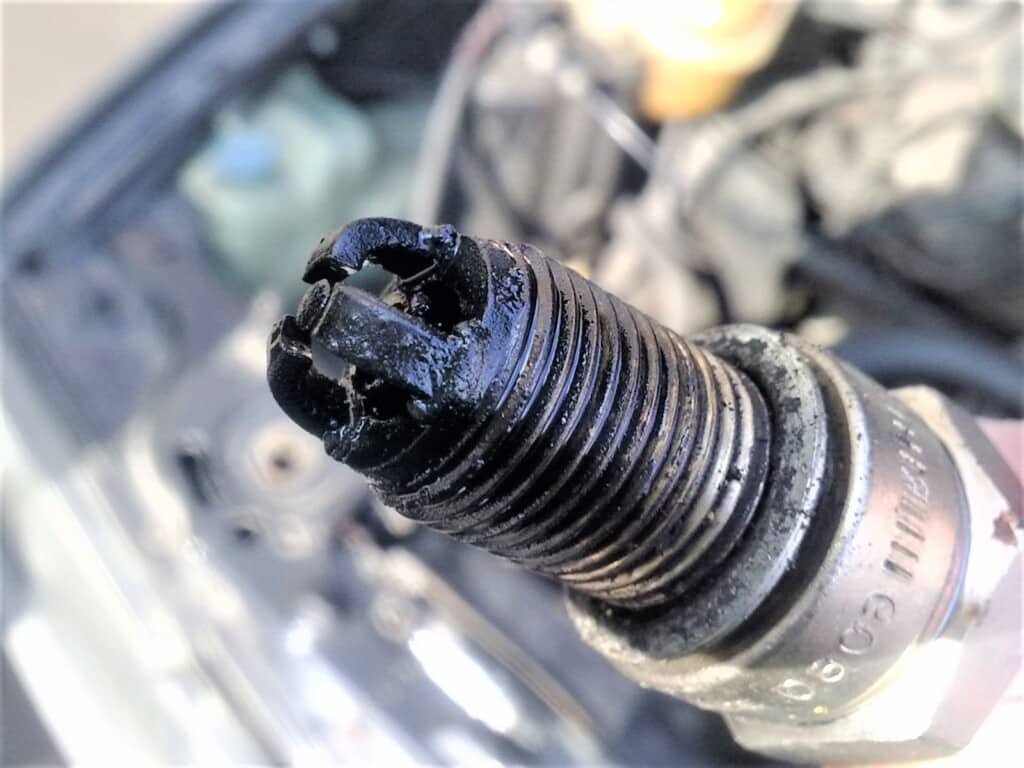
1. Worn piston rings: One of the most common reasons for oil in the spark plug well is worn piston rings. When the piston rings are worn, they no longer provide a tight seal between the piston and the cylinder wall. As a result, oil can leak past the rings and into the combustion chamber.
2. Worn Valve Cover Gasket: Another common reason for oil in the spark plug well is a worn valve cover gasket. The valve cover gasket seals the top of the engine and prevents oil from leaking out. Over time, the gasket can become dried out and cracked, allowing oil to leak into the spark plug well.
3. Bad Piston: In some cases, a bad piston can cause oil to leak into the spark plug well. The piston has a number of small holes in it that allow oil to lubricate the piston and the cylinder walls. If one of these holes is damaged or enlarged, oil can leak into the combustion chamber and cause the problems mentioned above.
4. Damaged O-Ring: Another common cause of oil in the spark plug well is a damaged O-ring. The O-ring is located between the cylinder head and the block and provides a seal that prevents oil from leaking into the combustion chamber. If the O-ring is damaged, oil can leak past it and into the spark plug well.
5. A set of old valve guide seals: Just like the piston rings, the valve guide seals also wear out over time. When they do, they can no longer provide a tight seal between the valves and the cylinder head, allowing oil to leak into the combustion chamber.
Useful read: Car Losing Oil But No Leak Or Smoke. What Happened?
Conclusion
Oil in the spark plug well can cause all sorts of problems for your engine, from decreased performance to a full-blown fire.
If you have an emergency and are unable to take your car in for a professional inspection, follow the instructions in this blog post to try to put out the problems. Be aware, however, that these methods are only a temporary fix and should not be used as a long-term solution. For the safety of yourself and your car, it is always best to take it in for a professional inspection when you notice any problems with oil or sparks.
By being proactive and catching the problem before it becomes too serious, you can avoid extensive damage to your car and save yourself a lot of money in repairs.
We hope that this article has been helpful for you. Thanks for reading!

